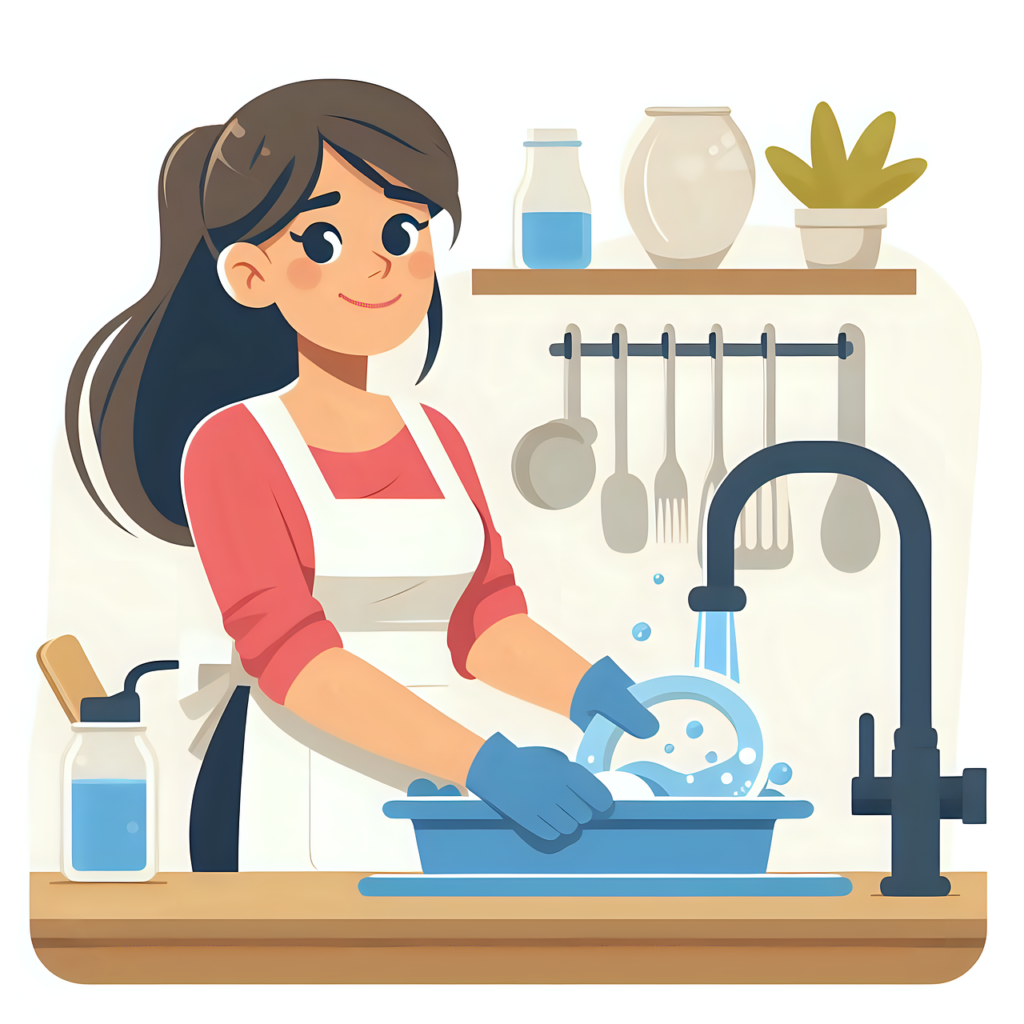
Maintaining a clean and healthy home is essential for overall well-being. It not only creates a pleasant living environment but also reduces the chances of illnesses, allergies, and other health issues. Fortunately, keeping your home fresh and hygienic doesn’t have to be overwhelming. With a few simple habits and mindful changes, you can ensure your space remains a haven of cleanliness and health. Here are some practical tips to help you maintain a clean and healthy home.
1. Establish a Cleaning Routine
The first step to achieving a consistently clean home is to set up a regular cleaning schedule. Divide chores into daily, weekly, and monthly tasks to avoid feeling overwhelmed. For instance, make your bed, wipe down countertops, and wash dishes daily to prevent clutter from building up. On a weekly basis, focus on vacuuming, mopping floors, and scrubbing bathrooms. Finally, monthly deep cleaning tasks such as washing windows, dusting high shelves, and cleaning out the fridge ensure your home stays in top shape.
2. Reduce Indoor Air Pollution
Indoor air quality plays a crucial role in maintaining a healthy home. Poor air quality can lead to respiratory problems, allergies, and other health concerns. To improve the air in your home, regularly ventilate by opening windows and allowing fresh air to circulate. Houseplants such as snake plants and peace lilies are natural air purifiers and can help filter toxins from the air.
Additionally, use a vacuum with a HEPA filter to remove dust, pet dander, and allergens from carpets and upholstery. Avoid using harsh chemical-based air fresheners or cleaning products that can contribute to indoor air pollution. For those who smoke indoors, consider switching to vapes, as they produce fewer harmful airborne particles and can help reduce exposure to harmful toxins. Opt for natural cleaning solutions like vinegar, baking soda, and lemon instead.
3. Manage Moisture and Humidity
Excess moisture in the home can lead to mold and mildew, which can have a negative impact on both your health and your home’s structure.
Keep humidity levels in check by using dehumidifiers, especially in areas like the bathroom and basement, where moisture tends to accumulate. Ensure that all leaks in sinks, roofs, or pipes are repaired promptly to prevent mold growth. Proper ventilation in bathrooms and kitchens is essential to reduce humidity after cooking or showering.
4. Declutter and Organize
Clutter can quickly make a home feel chaotic and stressful. A cluttered space can also trap dust and allergens, contributing to poor indoor air quality. To maintain a clean home, practice decluttering regularly. Sort through items and donate or recycle what you no longer need. Organize closets, drawers, and cabinets to maximize space and make it easier to clean.
Minimalism, or reducing excess belongings, can make a home easier to clean and maintain. Plus, it creates a calmer, more peaceful living environment.
5. Use Eco-Friendly Cleaning Products
Many conventional cleaning products contain harsh chemicals that can irritate the skin, lungs, and eyes.
These products can also leave harmful residues on surfaces and contribute to air pollution. Switch to eco-friendly, non-toxic cleaning products to create a healthier home environment. Many green cleaning brands offer effective alternatives made from natural ingredients that are safe for both your family and the planet.
You can even make your cleaners using simple ingredients like vinegar and baking soda. For example, a mixture of vinegar and water works well for cleaning glass and surfaces, while baking soda can be used as a scrub for sinks and tubs.
Conclusion
Maintaining a healthy and clean home doesn’t have to be complicated. By establishing a routine, focusing on air quality, managing moisture, decluttering, and using eco-friendly products, you can create a safe, healthy living environment for you and your family. With these simple tips, you’ll enjoy a home that’s not only spotless but also contributes positively to your well-being.














